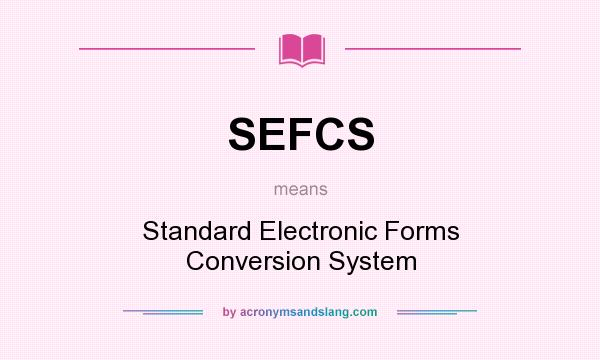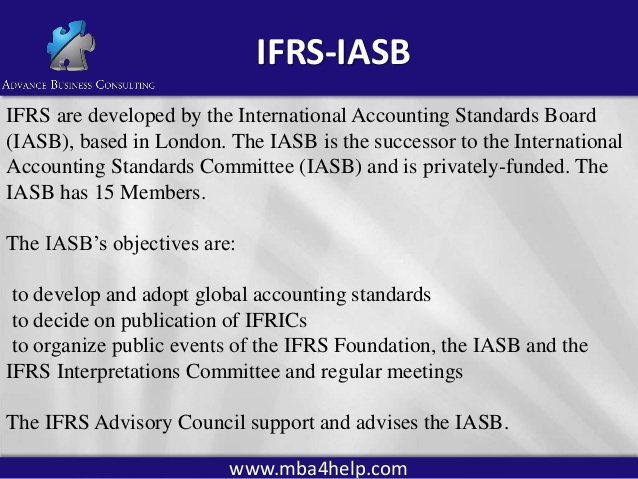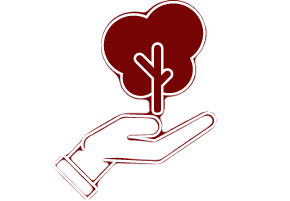The first step to control your startup cash burn rate is to know at which stage of development you are in and then stick to elements essential to that stage before moving on to the next step. Gross burn rate is the total amount of cash spent each month, including all money spent on rent, marketing, salaries, and any other operating expenses incurred during the month. It’s usually divided into items like manufacturing, shipping, and operating expenses, just to name a few. Of course, the ability to raise more capital can be challenging, especially for startup companies. Executives must take advantage of favorable financing periods and attractive interest rates to improve the company’s cash position and access to working capital. If a company plans to raise the needed cash through a share issue or initial public offering, it needs to plan since the process of issuing additional equity can take six months or more.
Increasing operational efficiency is one of the most effective ways to lower the burn rate. A lean financial operations team that uses AI to deliver automated, real-time financial statements and calculations can be invaluable in helping you do that. You also spend about $200,000 on office rent each month and another $50,000 on miscellaneous expenses like internet service or food in the office kitchen.
SaaS investment, valuation, VC activity: Top trends for 2022
To start, you should review your customer acquisition costs (CAC) to determine how to bring down this cost, if possible, to help offset expenses. This is a clear indicator that burn rate can fluctuate based on the size and age of your company. As an early-stage startup, setting benchmarks and projections for burn rate will only help you to measure and reach your goals more effectively. Early-stage businesses will often raise money in phases to fund different stages, so it’s important to highlight how long the company can last until it needs more money. If the monthly cash sales were taken into account as well, we would be calculating the “net” variation.
By understanding the spending needs and liquidity position of the start-up, the financing requirements can be better grasped, which leads to better decision-making from the perspective of the investor(s). Since it could take up to several years for the start-up to turn a profit, the burn rate provides critical insights as to how much funding a start-up will need, as well as when it will need that funding. Burn rates also apply to mature companies that are struggling and carrying excessive debt. Airline stocks, for example, faced a crisis following 9/11, which placed the largest air carriers in a cash crunch threatening the industry. United Airlines, for instance, suffered a daily cash burn of more than $7 million before seeking bankruptcy protection. Net burn shows the rate at which the company is losing money; if your revenues increase, your net burn rate will decrease.
Plus you can dive in to see exactly what’s eating away at your expenses and create scenarios to forecast what your growth will look like if you reduce certain expenses (or increase revenue). Having an up-to-date, accurate financial model can also provide a snapshot of your burn rate, allowing you to make real-time decisions to cut costs to decrease your overall burn. It will come as no surprise that growth and annual recurring revenue (ARR) make an impact on burn rate, and companies with faster growth and high ARR will have a lower burn rate. This is especially important for startups, as running out of cash is one of the top reasons startups fail. No matter the age of your company, it’s important to track the cash flowing in and out of your business.
Is Hemogenyx Pharmaceuticals (LON:HEMO) In A Good Position To Deliver On Growth Plans? – Simply Wall St
Is Hemogenyx Pharmaceuticals (LON:HEMO) In A Good Position To Deliver On Growth Plans?.
Posted: Mon, 21 Aug 2023 05:06:24 GMT [source]
You can measure burn rates for any time period, including quarterly or annually, but usually it’s calculated on a monthly basis. As we have discussed, founders and investors are equally interested in measuring the actual burn rate and comparing it to forecasted data provided at the prior investment round. This is because it gives an indication of the company’s life expectancy and its ability to control spending as it grows. It appears therefore essential that startups put appropriate tools in place to measure burn rate and keep it under control, to avoid a premature death of the company. Well, it provides a rough estimate of how long a company is expected to survive. Using the previous example of a net burn rate of $100,000 and remaining cash balance of $700,000, the “life expectancy” of the company, known in the industry as “runway,” is seven months.
What Makes Cash Burn Rate So Important For Startups?
They’ll be the primary factors in guiding your ability to accurately and effectively calculate your net burn rate. It’s tempting to write off “burn rate” as cute startup jargon or a funny subplot on the television series Silicon Valley. But a correctly calculated burn rate is crucial for the responsible growth, planning, and success of a business.

Venture capitalist, Mark Suster does an excellent job of explaining the trade-offs in this post. Learning the formula helps you consider what your company has the means to do. In other words, your monthly spending should never dip into the bare minimum of capital you need to keep your business running for the next six months.
How To Calculate Burn Rate And Why It’s Always Asked On Shark Tank
Burn rate gives investors like the sharks a timeline for when your business will run out of money. Get instant access to video lessons taught by experienced investment bankers. Learn financial statement modeling, DCF, M&A, LBO, Comps and Excel shortcuts.
Burn rate is essential for all businesses, but it is especially crucial for start-ups who rely on burn rate to predict when they need to become profitable. The burn rate, also known as “cash burn rate,” is the rate at which a company spends money, usually calculated as a monthly average. For example, if a company spends an average of $12,000 a month, the company’s burn would be $12,000. Cash burn rate takes total cash balance from the prior month minus the cash balance in the current month to determine your current cash burn rate. Burn rate measures how fast a company spends its cash reserves to pay for operating expenses, including salaries, overhead costs like office space, marketing, raw materials, and inventory.
Gross Burn
While burn rate is an important metric for startups to track, it shouldn’t be the only metric you are tracking when it comes to your business’ financial health. You should look at burn rate as it relates to cash runway, CAC, churn, and overall financial projections. Burn rate is used when calculating cash runway — the number of months until cash runs out. To calculate runway, we recommend taking the average burn rate over the last three months and applying it to your cash balance. When building a financial model for a startup or early-stage business, it’s important to highlight the monthly burn rate and the runway until the next financing is required.

The lower your business’s burn rate, the more likely your business will survive low-revenue quarters. A low burn rate is an indicator of a strong cash position and a strong cash position is a vital indicator of a business’s health. A company can be profitable on paper and still fail due to a lack of cash. Burn rate is one of the most important metrics you can know for your business. Unfortunately, many small business owners don’t understand what burn rate is or how to calculate it.
What Does Closing The Books in Accounting Mean?
To understand burn rate, you need to have a solid understanding of error budgets—both why and how they relate to this style of alert. As we make our way through business-related concepts, we touch upon different essential metrics, terms, and calculations that can prove handy for any startup founder, CFO, or other team members. Strategic burn to gain market share and win customers is different from everyday spending on operational expenses. Founders will need to craft a spend culture that’s appropriate for their business. While increasing the burn rate will delay profitability, it’s usually worth it. Fast-growing companies can end up with a stronger market position that could lead to higher profits from far more customers than would have been possible with a lower burn rate.
- A company can be profitable on paper and still fail due to a lack of cash.
- Or, use your total cash at a point in time to find a burn rate over a specific period of time.
- Layer in other common industry catchphrases such as “growth at all costs” and “always raise more than you need” and it’s enough to make an early-stage founder’s head spin.
- That number tells you that, without any income or changes in expenses, you have enough money to pay your bills for 10 months.
- Burn rate is the amount of money your business needs in a certain period—usually a month—to cover all expenses.
When you hear someone talking about burn rate, always assume they are referring to net burn rate unless they say otherwise. This is because net burn rate is by far the more descriptive of the two terms. As simple as that may sound, there are actually two types of burn rate — gross and net — each with its own unique indicator.
Need to revamp your cash flow strategy? Indinero can help.
The numbers in the Burn rate alert represent the percentage of errors burned over time in a given SLO time window relative to the availability targets set out by an organization. While it’s essentially the amount you spend on operations, burn rate is a concept native to the changing and growing SaaS startup industry. When combined with other stats, this metric can become a powerful tool to describe your business’s broader capabilities and milestones. You spend money faster than you get it (if you’re lucky enough to obtain it at all). They also cultivate their ability to save money and survive as long as possible before the successful product hits the market.
SHIB Burn Up 64% In One Day Despite Shibarium Launch Troubles Bitcoinist.com – Bitcoinist
SHIB Burn Up 64% In One Day Despite Shibarium Launch Troubles Bitcoinist.com.
Posted: Thu, 17 Aug 2023 23:00:46 GMT [source]
And you may have already factored a high burn rate into your financial projections. But higher burn rates mean less time for you to start turning a profit. Lowering your burn rate could give your startup company the time it needs to break through. In this example, you need to project a reasonable burn rate for your business. How many months of cash do you have to keep your store open, assuming you don’t make a profit? This number depends on your operating costs and the amount of money you have invested from the start.
“Burn rate” refers to the rate at which a company spends its supply of cash over time. It’s the rate of negative cash flow, usually quoted as a monthly rate. In some crises, the burn rate might be measured in weeks or even days. Analysis of cash consumption tells investors whether a company is self-sustaining and signals the need for future financing.
